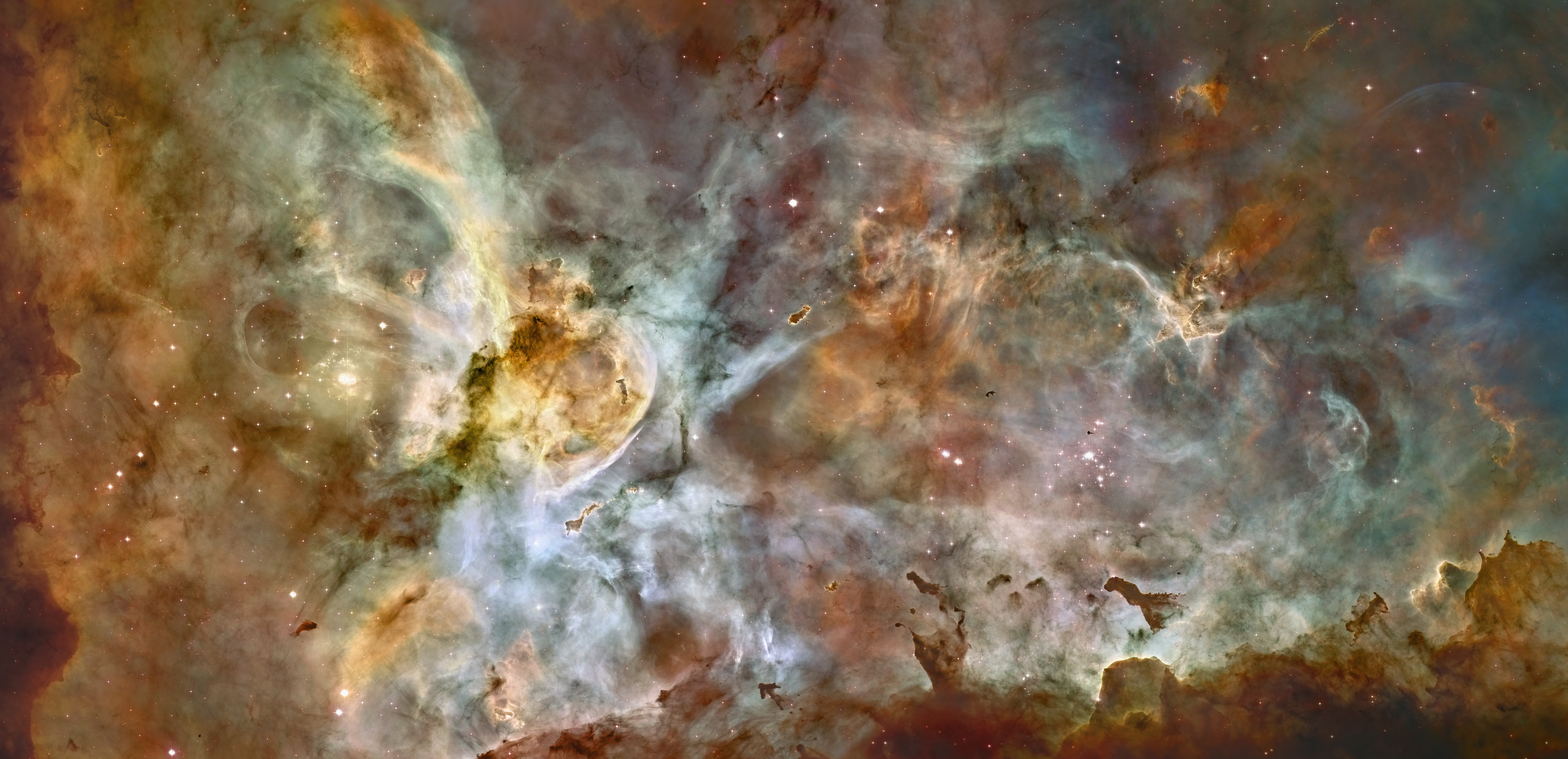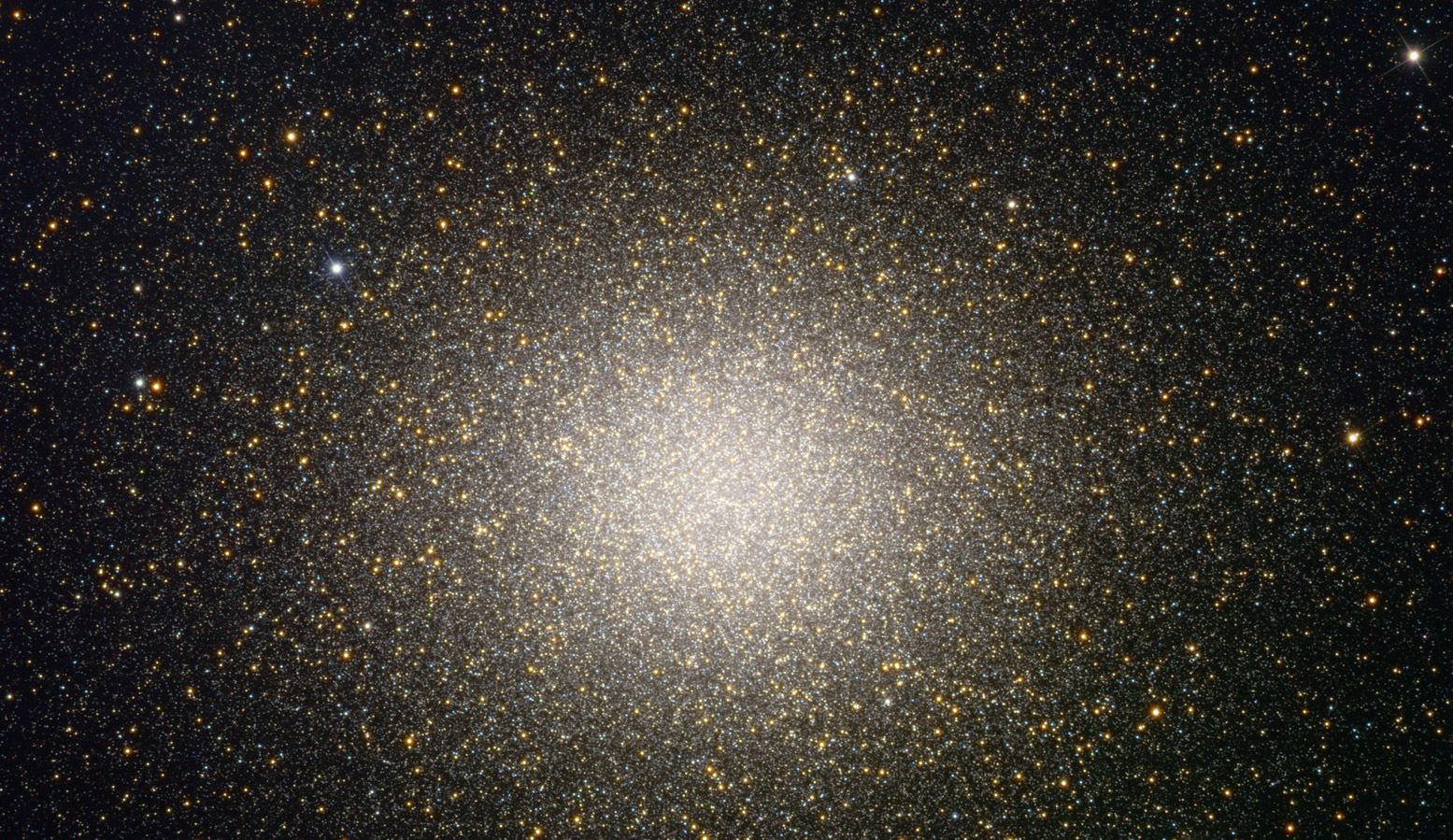Galaxies: Normal and Active
Normal:
Main Types-Spirals- Sa, Sb, Sc Sa-tightest arms Sc-loosest arms
http://www.creationofuniverse.com/1024/images/Spiral_Galaxy_jpg.jpgBarred-Spirals- SBa, SBb, SBc
http://www.coe.berkeley.edu/forefront/spring2006/images/seti3.jpgElliptical-E0-E7, E0-least elliptical E7-most Elliptical
http://www.nasm.si.edu/exploretheuniverse/kiosks/whatsnew/whatsNewImages/April24pressreleasephotos.jpgIrregular
http://cache.eb.com/eb/image?id=21267&rendTypeId=4Sizes: Spirals/Barred- 5-100kpc diameter, 10^9-10^12 solar masses
Ellipticals- 1/10 -100kpc diameter, 10^7 up to 10^13 solar masses
Irregulars- 1-10kpc diameter, 10^8-10^10 solar masses
Characteristics- Spirals-Thin and flat spiral structure with a central bulge, disk and arms, has lots of dust and clouds and has star formation mostly in arms.
http://nrumiano.free.fr/Images_gx/structure_gx_E.jpghttp://csep10.phys.utk.edu/astr162/lect/galaxies/spiral.htmlBarred-Spirals- Same as spiral but core has a band of stars, gas, and dust. Arms extend from this bar.
Ellipticals-Has no arms or spiral structure, no disk, little dust and gas, little to none star formation, tend to have older stars.
Irregular-Has little symmetry in there structure, has active star formations, every other type of galaxy, but Active Galaxies
Active Galaxies: Galaxies with active violent processes in the center. May have jets, X-ray bursts, other radiation, and or unusual structures esp. of the nucleus
http://glast.sonoma.edu/images/AGN.jpgOrigins of Galaxies: Don't know specifics, Article:
http://www.space.com/scienceastronomy/astronomy/cosmic_galaxies_020122-1.html
 APOD 4.5 Carina Nebula Panorama from Hubble
APOD 4.5 Carina Nebula Panorama from Hubble

